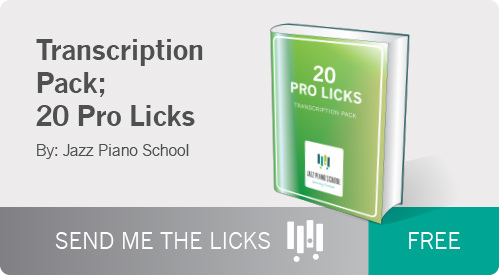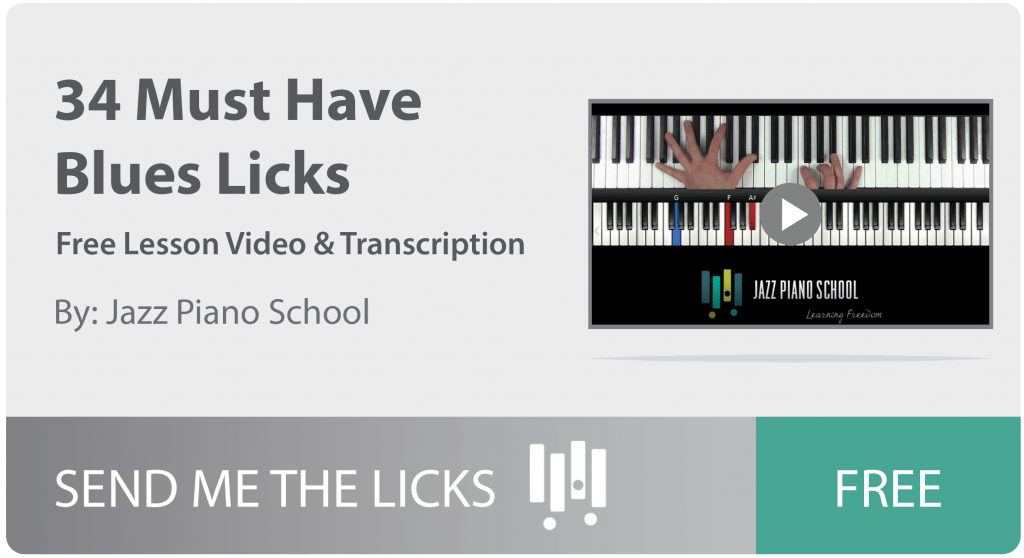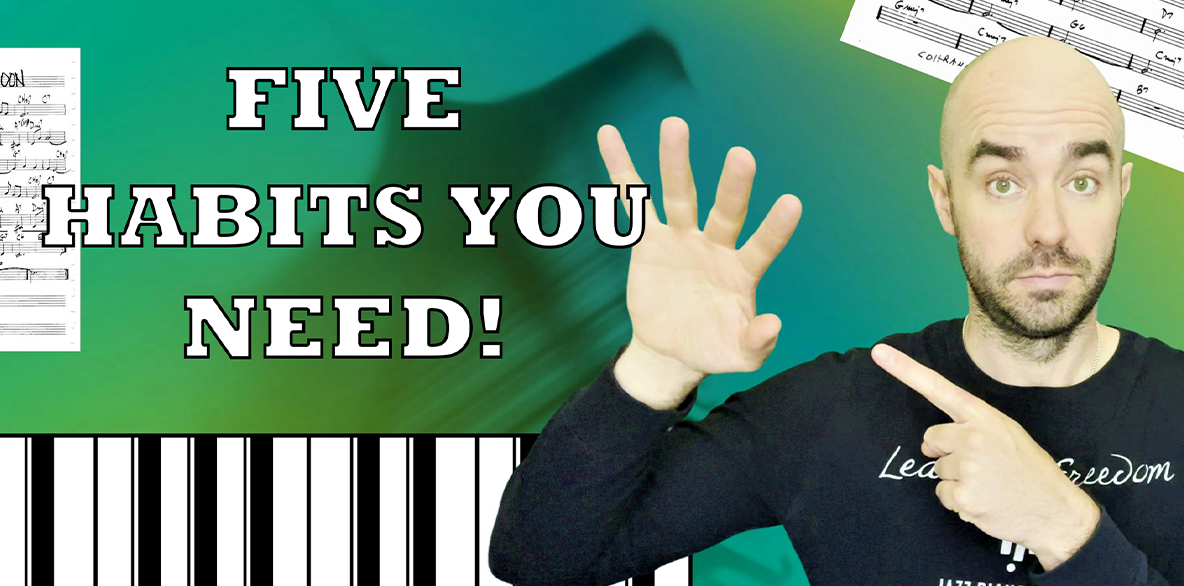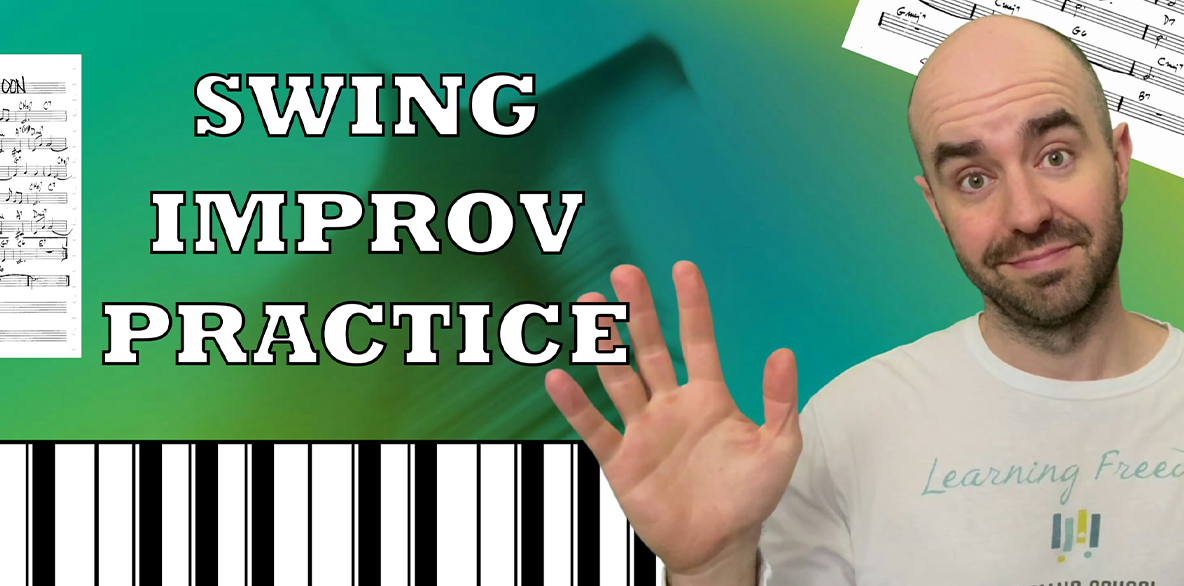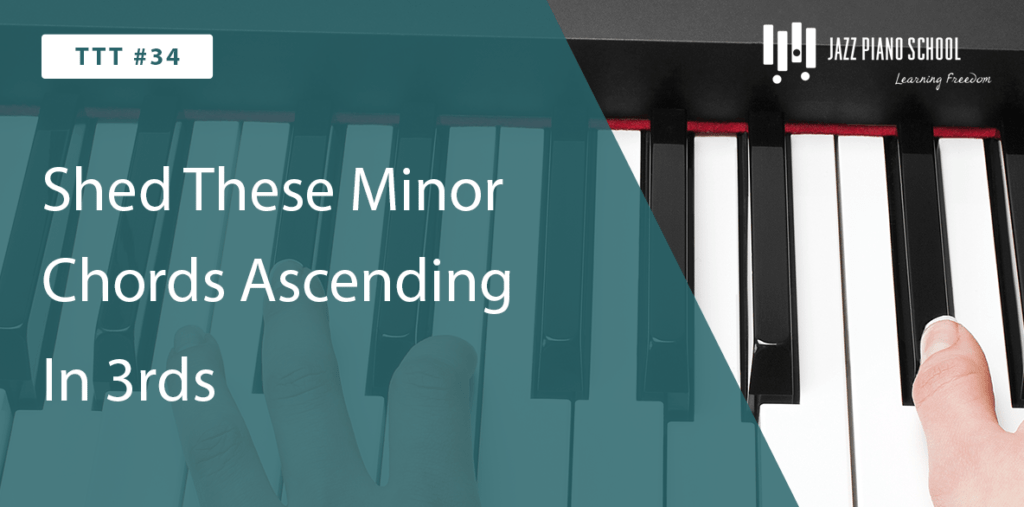By Sam Griffith
It is very easy to get so involved with harmonic substitutions, we forget about simple things we can do to harmony. In many cases, a small adjustment such as leaving a specific note out, or changing the quality of a chord can completely change the sound of the song. Frequently these little changes can trigger other, potentially much bigger shifts, down the road. This month we are going to focus on how small shifts in harmony can provide a drastically different framework for reharmonizing, composing and accompanying jazz standards.
Shifting To Minor
One of the easiest substitutions, or colorings, we can make in our voicings is using minor sounds. This can typically be done in two different ways:
- Changing a Major chord to a Minor chord (usually done on the first chord of the piece of the last, depending on the progression)
- Changing chords from Major to its Relative Minor (typically this is a reharm technique used in solo piano, or piano trio settings)
- Changing chords from Major to Phyrgian (commonly used when playing with a bass player who may be playing mostly roots)
Each of these approaches are very simple and require only small initial changes. Once you’ve established a minor sound that you feel is appropriate, then you can begin to look at the entire piece and see if other chords should be reworked to match this new minor mood. This can be a great use of practice time and an awesome opportunity to get creative!
Lets first explore this idea of shifting Major Chords to Minor.
Parallel
Classical music theory refers to the shifting of a major tonality to minor as a “parellel” move. Frequently this can provide a transition to a tonal area outside of the original key and offer new opportunities for chromaticism. In jazz, we can use this shift as an opportunity to provide a darker, or contrasting resolution.
Before we apply any sort of reharmonization, we must look at the melody. What notes does the melody have? What notes does it resolve to?
In a lot of standards from the Great American Songbook, the melodies typically land on the root, sometimes the fifth, and only the third if it is the early in the piece. When a song lands on the root or fifth, it opens up the possibility of substituting a parallel minor chord. You’ll notice that by making this transition, you end up with a much darker resolution (or perhaps
Relative
Adjusting Chord Progressions




